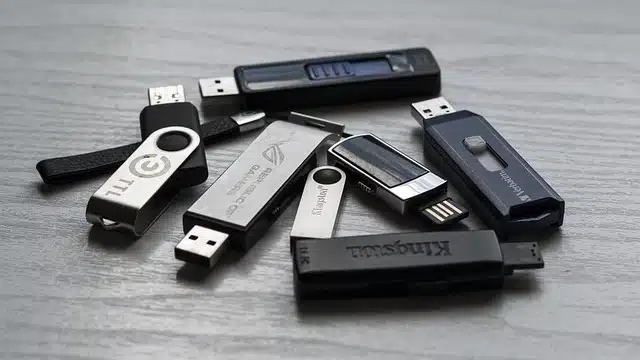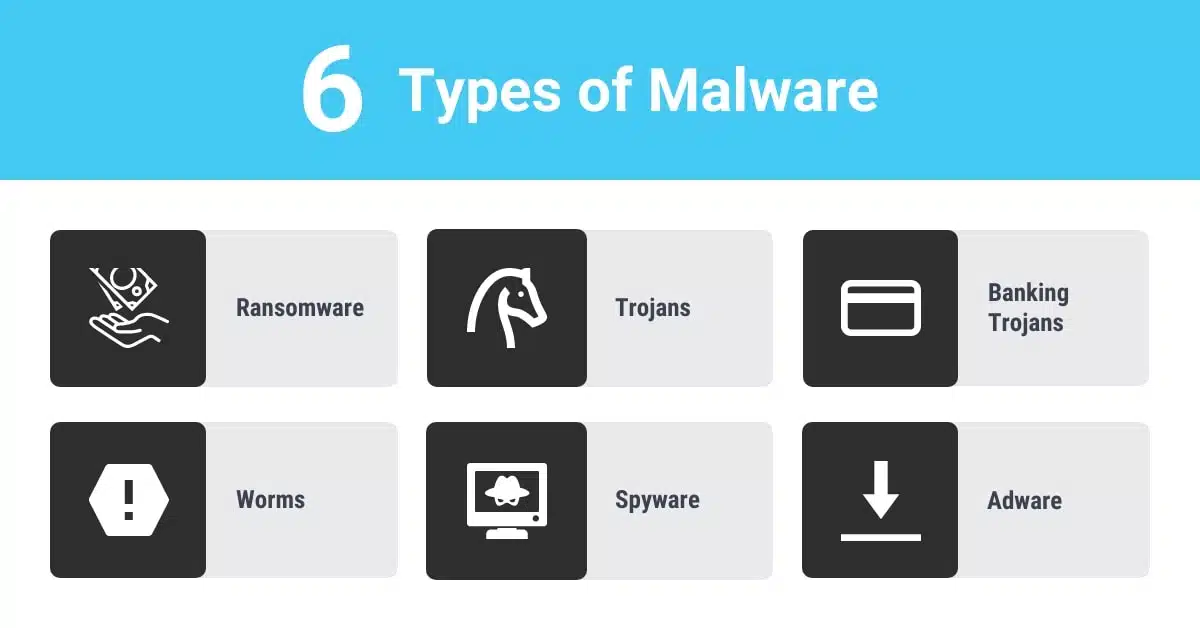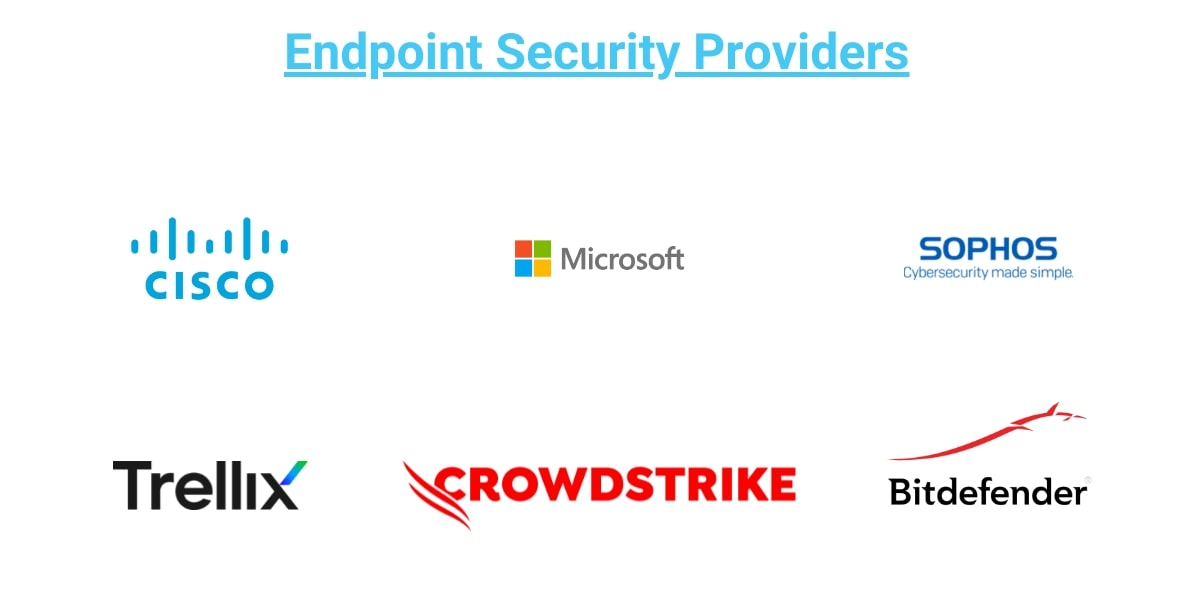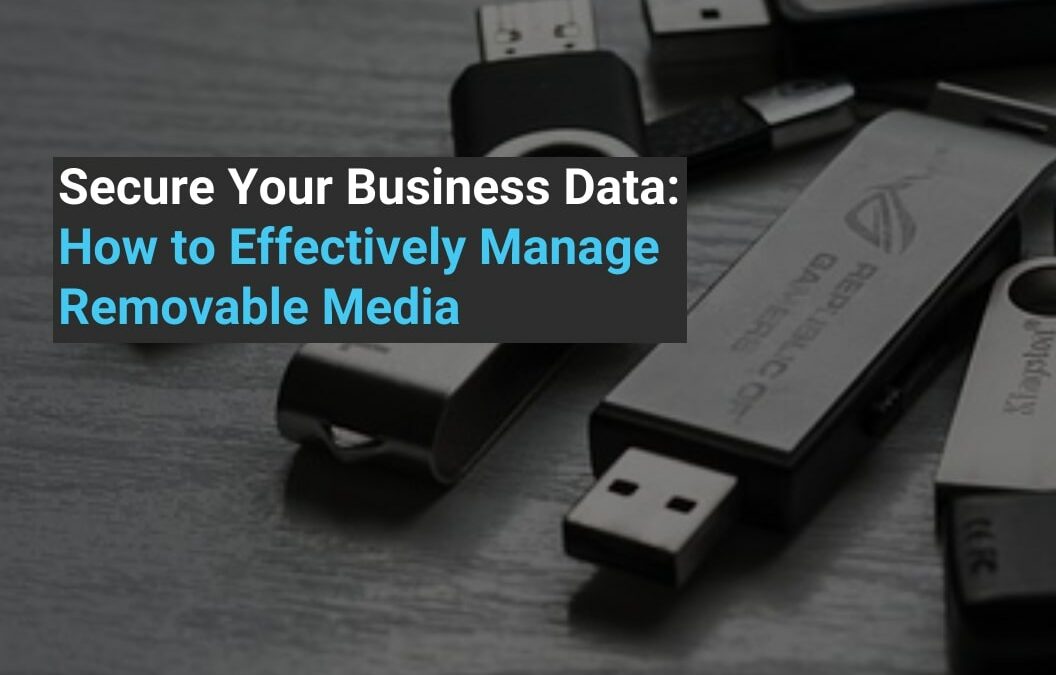Is your business still using USBs and other removable media without a second thought? Think again.
Uncontrolled use of these devices can lead to security breaches, data loss, and regulatory noncompliance. All of which can be detrimental to your business’s reputation and bottom line.
However, there’s no need to panic. Effective removable media management lets you keep your data secure and ensure compliance with regulations. In this article, we’ll show you how.
Get Your Free Essential Eight Cyber Security Report
Learn:
-
- The cyber security gaps costing you time and money.
- Practical steps to upgrade your security measures.
- The hidden risks of poor security protocols.
- How to bolster your cyber security and aid business growth.
What is Removable Media?
Removable media is any physical media that can be removed from a device. This includes USBs, external hard drives, CDs, DVDs, and floppy disks.

Due to its portability and ease of use, businesses often use removable media for data storage and sharing. However, these devices can also pose a significant risk to business data security. Removable media can be easily lost or stolen without proper management, leading to data leakage or other security issues.
Businesses should implement proper USB management systems to protect their data. These systems involve setting up specific rules and protocols around the use of removable media. They also involve using encryption or other security measures to ensure data is only accessed by authorised personnel.
Additionally, employee training and awareness are key components of effective removable media management. By educating employees on the importance of data security and providing them with resources to handle removable media properly, businesses can ensure their data is secure and their organisation complies with applicable regulations.
Why Removable Media Management Is Important For Business
Did you know that the uncontrolled use of removable media is a leading cause of data breaches for businesses?
While the convenience of removable media is undeniable, it also poses a significant security risk. Businesses can easily become vulnerable to data breaches, malware infections, and compliance violations without proper management. This is why it’s essential to have a removable media management policy in place.
Security Risks
Data breaches are one of the most common risks associated with removable media. Uncontrolled use of USB drives can lead to stolen business information being exposed to unauthorised individuals. Unencrypted data stored on removable media is particularly susceptible to cyber attacks, making data security a major concern.
Removable media is one of the top infection vectors for a cyber attack. To reduce this risk, companies need to implement strict USB management policies. These policies should prohibit the copying of confidential data onto unapproved devices. Additionally, they should require encryption for any data stored on removable devices.
Another risk associated with removable media is malware infections. Malware is malicious software that can spread through removable media. Malware can cause serious damage to your system or compromise your business data.
To protect your organisation from malware, you should:
-
- Deploy antivirus software.
- Educate your employees on how to safely use removable media.

Compliance
Finally, organisations must also be aware of potential compliance violations. Regulations surrounding removable media use can vary depending on the industry and location of your business. For example:
-
- The Payment Card Industry Data Security Standard (PCI-DSS) requires that credit card data be protected with encryption when stored on removable devices.
- The Health Insurance Portability and Accountability Act (HIPAA) requires that covered entities and business associates implement physical, technical, and administrative safeguards to protect electronic protected health information (ePHI) on removable devices.
- The General Data Protection Regulation (GDPR) also includes requirements for data encryption and access control measures for personal data.
Non-compliance with these regulations can result in significant fines and other penalties. For example, under GDPR, non-compliant organisations face fines of up to 4% of their annual revenue or €20 million. Whichever is greater.
Small businesses face greater consequences of non-compliance as they may not recover from a significant financial penalty.

To avoid these consequences, businesses must familiarise themselves with regulations and implement appropriate policies and procedures. By doing so, they can protect their business data and avoid costly fines and legal issues.
By taking a proactive approach to removable media management, businesses can minimise risks, protect sensitive data, and stay compliant.
Best Practices for Managing Removable Media
To protect your business, it’s crucial to establish a policy that outlines best practices for use of removable devices. Here are some recommendations to consider when creating your policy:
Authorised Access
Restrict access to removable devices to authorised personnel only. Implement management policies that specify which users can access which devices. This will prevent unauthorised users from copying or transferring confidential data.
Malware Scanning
All removable devices should be scanned for malware before being allowed on the network. This helps prevent malware infections that can cause serious damage to your system or compromise your business data.
Encryption
Encrypt all sensitive data before it’s stored on any removable device. This protects your data in cases of loss or theft. Additionally, it makes it harder for attackers to access your confidential information.
Usage Tracking
Keep track of removable devices by logging each device’s use, such as where and when connection occurred. This helps you identify unauthorised use and potential data breaches. It also will help you verify if the device was part of any malicious activities.
Secure Storage
Provide secure, centralised storage for USB drives when they are not in use. This helps prevent the loss or theft of the devices and their sensitive data.
Use a dedicated storage location such as a locked cabinet or secure drawer. This can help ensure that the devices are easily accessible to authorised personnel. However, it also protects them from unauthorised access or tampering. By storing devices securely, you can ensure that data remains safe, even when the devices are not in use.
Employee Training & Awareness
Provide your employees with training and awareness programs. These should educate them on the risks associated with removable media and how to use them safely. This will ensure that your employees understand best practices for handling and using removable media devices. Additionally, it will help prevent accidental data loss or exposure.
By implementing these best practices for managing removable media, you can help ensure your business data is secure. With a clear, specific policy your business can effectively protect against potential threats and avoid data breaches that could lead to significant financial and reputational damage.
Technologies and Tools For Managing Removable Media
To protect against the risks posed by removable storage, businesses should implement appropriate management solutions.
Device Control Software
One of the most effective tools for managing removable media is device control software. This allows businesses to control which types of removable devices their systems allow, monitor their usage, and block malicious devices. With device control software, your business can create policies around the usage of removable devices, such as setting time limits for USB connections and preventing unauthorised devices from connecting.
Endpoint Security Solutions
Endpoint security solutions also provide a layer of protection against removable media-related threats. These solutions use sophisticated algorithms to detect malicious code before it can enter the system and block any removable devices that could compromise data security.
One example of an endpoint security solution is Microsoft Defender for Endpoint, which includes advanced threat protection features such as antivirus, firewall, and behavioural analysis. It also allows businesses to monitor the activity of users and devices connected to their network to detect suspicious activities or attempts to access sensitive data. By using endpoint security solutions like Microsoft Defender for Endpoint, businesses can better protect their systems from threats posed by removable media.

Data Loss Prevention
Data loss prevention (DLP) systems are another powerful tool for managing removable media. DLP systems allow businesses to scan any removable media used on their systems, and identify potentially sensitive files that malicious actors could access. They can also detect any attempts to copy or move sensitive information onto a removable device, and alert the security team. This helps ensure that potential threats do not access sensitive information.
By using these technologies and tools, businesses can better manage their removable media and protect their data. Businesses can use device control software, endpoint security solutions, and DLP systems together to create a comprehensive strategy for securing against removable media-related threats. With these tools in place and policies for the use of removable media, businesses can reduce the risks of a security breach and ensure their data remains safe.
Employee Training and Awareness
Effective employee training and awareness is crucial to managing removable media securely and protecting business data. Businesses should conduct regular security awareness training sessions to ensure employees understand the risks and how to mitigate them. During these sessions, managers should explain the dangers associated with using removable media and how employees can keep data safe. They should also include information on the company’s policies on removable media use and consequences of violating those policies.
In addition to training, companies should have clear policies in place for handling removable media. These policies should cover data storage, transmission, and disposal, as well as specify any requirements for encryption or other security measures. By having such policies, businesses can reduce the risks of data loss or theft and protect sensitive information from unauthorised access.
For companies that need an extra layer of security when it comes to managing removable media, uSecure can be a great option.
uSecure is a cloud-based platform that offers a comprehensive cyber security awareness training program for employees. With uSecure, businesses can provide their employees with training on topics such as how to detect and prevent phishing attacks, identify social engineering tactics, and securely handle confidential data.
The platform offers engaging and interactive training modules that cater to different learning styles, making it easy for employees to understand and retain the information.

By using uSecure, you can help your employees become better equipped to recognise and respond to potential security threats, reducing the risk of data breaches and other cyber security incidents.
Overall, providing regular security awareness training, having clear policies in place for handling removable media, and implementing USB management solutions are all critical steps your business can take to protect itself. By prioritising employee training and awareness, you can mitigate the risks associated with removable media and keep sensitive data secure.
Case Study
Let’s take a look at a real-world example of data breaches involving removable media.
The following incident highlights the risks associated with unsecured removable media and the potentially devastating consequences that can result from their misuse.
In 2006, a VA employee took home a laptop and an external hard drive containing sensitive data on millions of veterans and their families.
The external hard drive and laptop were later stolen from the employee’s home, resulting in the largest data breach in U.S. history at the time. The breach compromised the personal information of over 26 million veterans and their families, including social security numbers, names, and addresses.
The incident highlighted the need for government agencies to have stronger policies and controls for the use of removable media, particularly when it comes to storing sensitive data.
Conclusion
Removable media poses a significant security risk to businesses if not managed properly. Data breaches, malware infections, and compliance violations are just a few of the potential consequences of the uncontrolled use of these devices.
However, with the implementation of a well-defined removable media management policy and the use of best practices such as authorised access, malware scanning, encryption, usage tracking, and employee training and awareness, businesses can mitigate these risks and protect their sensitive data from potential threats.
By taking a proactive approach to removable media management, businesses can ensure compliance with regulations, avoid costly fines and legal issues, and maintain their reputation and bottom line.
Remember, when it comes to removable media, prevention is key.
